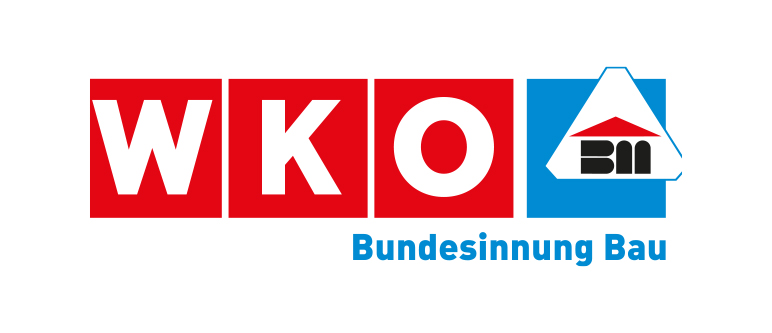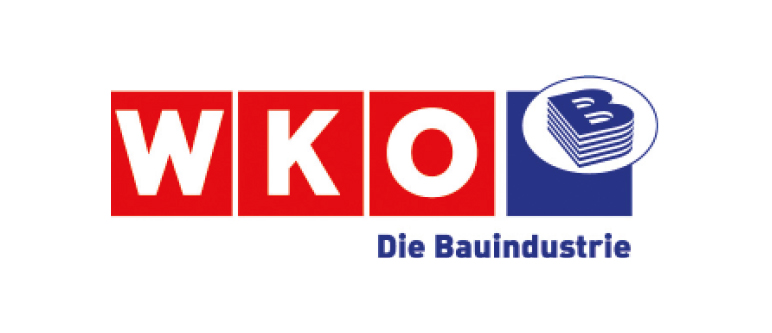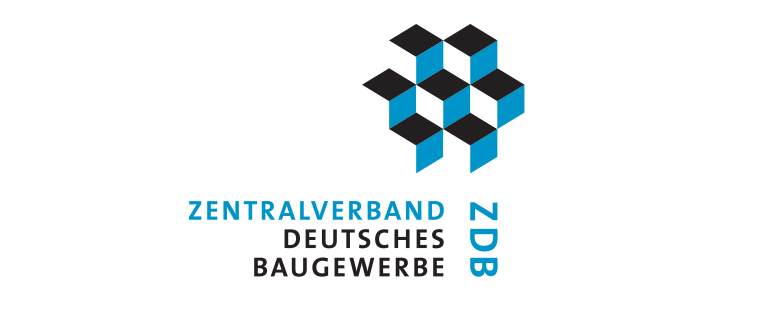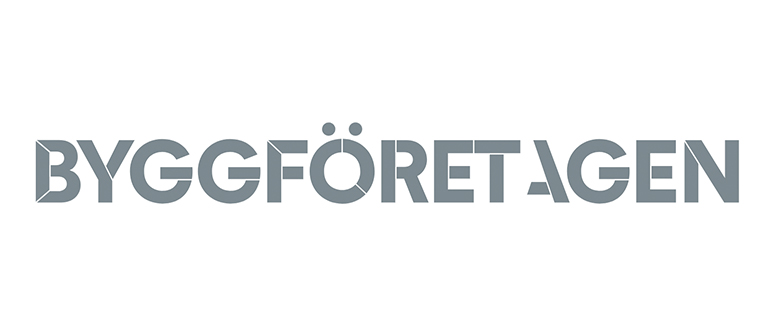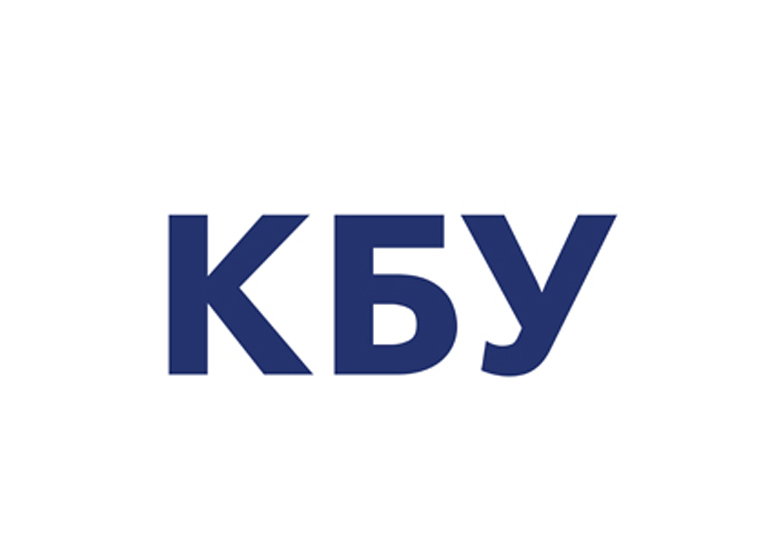Overall construction activity
After the unprecedented drop of 8,4% suffered by GDP in 2020, Portuguese economy recovered and grew 4,8% in 2021.
In 2021 all components of GDP experienced positive evolution with emphasis on the strong recovery in domestic demand, which accounted for 65% of GDP growth (in percentage points and net of imports) throughout 2021.
Private consumption grew 5.0% in 2021, after a drop, unprecedented in recent decades, of 7.1% in real terms, in the previous year. Gross Fixed Capital Formation (GFCF) recovered from the 2.7% drop suffered in 2020, growing 4.9% in 2021, resulting from a strong recovery in the investment in machinery and transport material, but also from the positive behavior of construction investment. According to the National Institute of Statistics (INE) Quarterly National Accounts, these two components grew, in real terms and until September 2021, +10.4% and +2.1%, respectively.
Concerning external demand, the recovery was also notable, although still insufficient to compensate the huge negative impact suffered in 2020. Thus, after a drop of 18.6% recorded in 2020, overseas sales grew 9.6% in 2021. The increase in the imports volume was more significant, +10.3%, after a decrease of 12.1%, in real terms, in the previous year.
According to Banco de Portugal´s forecasts, the Portuguese economy is expected to continue to grow in the coming years, albeit moderately. Thus, Banco de Portugal anticipates GDP growth of +5.8% in 2022, +3.1% in 2023 and +2.0% in 2024.
In line with positive GDP developments, the labor market experienced favorable developments throughout 2021, with growth in total employment (+2,7%) and a reduction in the unemployment rate from 7,0% to 6,6% from 2020 to 2021.
Regarding prices, there was, in 2021, an increase of 1,3% in the consumer price index.
Following FEPICOP´s estimates, construction sector production grew, in real terms, 4,3% in 2021.
In 2021, likewise in the previous year, the Construction sector demonstrated a high resilience to the constraints caused by the Covid-19 pandemic, with companies ensuring a high level of production.
After a long recession period that began in 2002 and lasted until 2016, the construction sector's production has been growing since 2017 and has been accompanied by an increase in the number of construction workers, from 290.000 (on average) in 2016, to 305.400 workers (on average) in 2021. Facing 2020, the construction employment grew 2.8%, above the total employment of the economy, which increased 2.7%.
As a result of the increase in construction employment along 2021, there was a reduction in the unemployment from the construction sector, higher than that recorded for total unemployment (-15,4% and -14,2% respectively).
At the end of December and according to the data provided by the Institute of Employment and Vocational Training (IEFP), 20.500 unemployed people from construction were registered in the employment centers, representing 6.5% of the total number of unemployed registered (316.000). Compared to the same month of the previous year, this total number results from a decrease of 52.400 unemployed, while, as far as Construction is concerned, less 3.700 unemployed were registered.
The total employment in the economy is expected to grow 1.6% in 2022 and 0.5% in 2023 while the unemployment rate is expected to decline to 6.0% in 2022 and to 5.7% in 2023.
Construction sector production is expected to increase +3.3% in 2022, with the building construction segment growing by 1.6% and the civil engineering segment increasing by 5.2%.
Housebuilding
In 2021, the volume of production in the residential segment grew around 4.5%, in real terms.
As in the previous year, the residential segment maintained a high level of demand, both domestic and international, and continued to benefit from historically low interest rates. As a result, companies operating in this segment of activity presented a very favorable performance, particularly those that perform repair/maintenance work on residential buildings.
Thus, repair & maintenance works continued to take on the most dynamic role within the residential segment, increasing at a rate of 5.2% in real terms, while the production of new housing construction rose 4.5% from the previous year's level in real terms.
This development reflects an acceleration in the pace of growth and should be the result of a resumption of several investment decisions that had been postponed in 2020 following the outbreak of the Covid-19 pandemic.
According to INE data, the number of new housing permits during the year 2021 reached 27.8 thousand, reflecting an increase of 11.1% compared to the previous year, while the new housing conclusions grew 15.4% until September 2021 (with 14.235 conclusions so far).
In line with housing conclusions evolution, housing sales data reflects a sharp increase in 2021, in both number and global value of transactions, when compared to 2020. Until the end of September 2021, 153,1 thousand dwellings were transacted (+25.4% year-on-year), for a total amount of 24.9 billion euros, a value 33.3% higher to that observed in the same period of 2020, according to INE data.
The major share of transactions (85%) refers to already-used houses, with their number increasing by 27.0% compared to the same period of 2020. On the other hand, also the new houses transactions recorded a sharp increase of 17% in the number of transactions, facing the year before.
For 2022, forecasts point to a positive evolution of +3.3% in the residential construction segment production, after 2 years with a more moderate pace (+4.5% in 2020 and in 2021).
Both components of this segment are expected to experience growth in the pace of activity in 2022, with the maintenance/rehabilitation work component growing more intensively than the new construction component (+6.0% and +5.1%, respectively).
GDP 2021
BILLION
POPULATION 2021
Total investment in construction in 2021
BILLION
Non-residential construction
In 2021, non-residential buildings segment production increased by 0.9%, with such a weak evolution being a direct result of the contraction suffered in the production of its private component.
As in the previous year, the private component of this segment recorded a decrease in its production volume (-1.0% compared to 2020), while the public component performed positively, with a real growth of 4.0%.
The unfavorable performance of the private component should be the result of the slowing down, or postponement, of several projects following the breakdown, or even stop, of various economic activities in the areas of trade and tourism, along the Covid19 pandemic period. Thus, the non-residential building permits (square meters) decreased along 2021, -11.0% until the end of November (2.2 million square meters were approved), facing the same period of the previous year.
The building permits for the construction of buildings for commercial purposes were those that recorded the most negative development in the period analyzed, -41.1% in homologous terms, followed by the approved area for the construction of buildings to agriculture: -27.7%. The area approved for industrial buildings decreased by 8%, but remained, nevertheless, as the main destination of the approved area until November 2021: 32.8% of the total.
The licensed area for tourism recorded the biggest increase (+54.3%) and was the fourth largest destination of non-residential permits, 11.7% of the total, behind the area approved for commercial buildings (16.5%) and, as already mentioned, the area approved for industrial buildings, which represented 32.8% of the total.
Concerning the evolution of the public component of this construction segment, it is important to stress the favorable evolution of public investment in 2021, which recorded an annual growth rate of 22.7%, according to the data provided by the Ministry of Finance. In 2021, the overall amount of this investment reached EUR 6.4 billion, with a significant part of this investment being materialized in construction works.
Non-residential construction production is expected to increase by 1.7% in volume in 2022, almost doubling the evolution estimated for the previous year.
Both components of this segment are expected to evolve positively in 2022, with a more moderate growth in the activity of its private component (+0.5% in real terms, after -1.0% in the previous year) and a more significant evolution in the production of non-residential public buildings (a growth rate of +3.5% is being forecast, after a +4.0% evolution estimated for 2021).
Civil engineering
In 2021, among the various segments of the Construction sector, civil engineering should have recorded the most significant growth (+6.0% in volume, compared to 2020), thus assuming the main contribution to the very positive development that the construction sector revealed throughout the year.
According to the data of the “Public Market Observer “, the public works market registered a negative performance in 2021 compared to 2020, but it should be noted that this year proved particularly favorable, with significant growth, both in the level of bids and in the number and value of contracts. Thus, even with the homologous breaks in 2021, the truth is that the absolute values calculated throughout the year assumed maximums of the entire series, excluding 2020.
The expected evolution for the civil engineering segment production in 2022 is very positive and reflects a reinforcement of the growth rate of this component compared to the previous year, from +6.0% estimated for 2021 to a forecast increase of +3.3% in 2022. With this growth, the production value of this segment is expected to correspond to about 48% of the total production planned for the Sector in 2022.
This optimistic forecast is based both on the expectation of the weight of public investment in GDP strengthening (from 2.5% in 2021 to 3.0% in 2022, according to the European Commission's forecasts) and on the increase in the use of Community funding that Portugal receives from various Community Fund Programmes (Portugal 2020, Portugal 2030, PRR – Recovery and Resilience Programme).
On the other hand, there was a very significant increase in the values associated with the public works market in the period 2020/2021, compared to those calculated in the years immediately preceding, what is expected to result, already in 2022, in a volume of works significantly higher than that observed in recent years. This way, a growth of +3.3% in the production of the civil engineering segment in 2022 is being forecast.
| Per cent variation of investment in real terms on previous year | |||||||
| investment Mln. € fixed prices | |||||||
| Sectors | 2021a | 2018 | 2019 | 2020 | 2021a | 2022b | |
| 1. | Building | 11,528 | 6.1 | 9.5 | 1.2 | 2.8 | 1.6 |
| 1.1. Housebuilding | 6,315 | 8.2 | 13.7 | 3.5 | 4.5 | 3.3 | |
| 1.1.1. New | 3,675 | 6.4 | 15.5 | -0.7 | 3.9 | 2.9 | |
| 1.1.2. Renovation | 2,640 | 11.0 | 10.8 | 10.2 | 5.2 | 3.8 | |
| 1.2. Non residential (c) | 5,213 | 3.9 | 5.1 | -1.4 | 0.9 | -0.5 | |
| 1.2.1. Private | 3,135 | 3.2 | 5.5 | -2.9 | -1.0 | -1.6 | |
| 1.2.2. Public | 2,078 | 5.2 | 4.5 | 1.0 | 4.0 | 1.3 | |
| 2. | Civil Engineering | 10,328 | 3.2 | 5.5 | 2.0 | 6.0 | 5.2 |
| (1 + 2) | Total Construction | 21,856 | 4.7 | 7.6 | 1.6 | 4.3 | 3.3 |
| a: estimate - b: forecast - c: incl. R&M | |||||||
| Number of building permits in residential construction | |||||||
| 2018 | 2019 | 2020 | 2021a | 2022b | |||
| single dwelling | 11.468 | 12.593 | 12.701 | 14.181 | 15.182 | ||
| collective dwelling | 9.485 | 12.312 | 12.382 | 13.624 | 14.014 | ||
| other types of dwelling | N/A | N/A | N/A | N/A | N/A | ||
| Total | 20.953 | 24.905 | 25.083 | 27.805 | 29.195 | ||
| (Collective dwellings and other types of buildings: in number of flats) | |||||||




